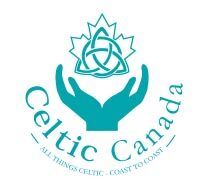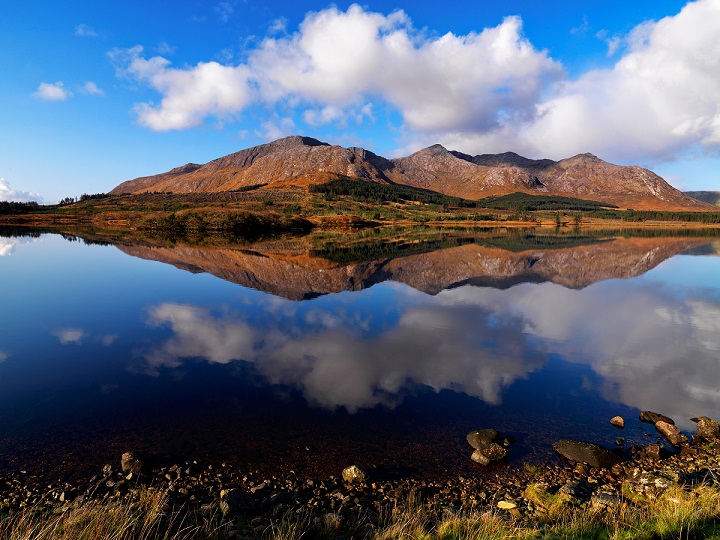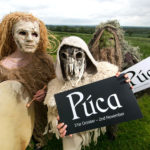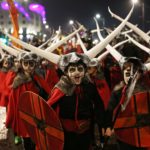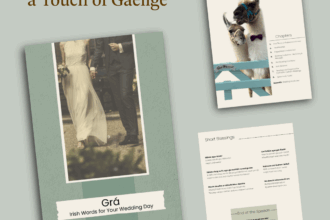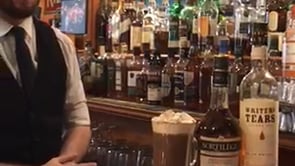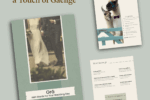Developed through more than 100 partnerships with 33 different countries represented, Galway 2020 European Capital of Culture has unveiled its core programme for the year, with the themes of landscape, language and migration.
Galway 2020 will open with a free week-long festival of fire starting on Saturday 1 February 2020 moving through six towns and villages across Galway culminating in a spectacular Opening Ceremony in Galway City on Saturday 8 February 2020.
1 February was traditionally known as Imbolc, an ancient Pagan festival dedicated to women and fertility, and marked the first day of Spring in the Celtic calendar. Reflecting the entwined roots of Ireland’s cultural history in Pagan and Gaelic traditions, it is sometimes known as St Brigid’s Day, after Ireland’s most important female saint. Imbolc has been chosen as the official start of Galway 2020 European Capital of Culture, launching a programme that will run over four seasons until January 2021.
The programme over the course of the year will range across music, theatre, literature, visual arts, dance, film, architecture, heritage, sport, food, with the majority of projects being free to audiences. Each of the four seasons will open with a spectacular fire festival, referring to the Irish tradition of marking the new season with fire. Each fiery celebration will be created by a different artist or creative organisation.
Galway 2020 Creative Director Helen Marriage said:
“Galway, with its ancient landscapes and histories, its different peoples and its many languages is an extraordinary place, where artists have always led the way. It is a privilege for us at Artichoke to play a part in shaping this unique celebration of the culture of Ireland, reflecting on its importance in a European and global context. Galway 2020 European Capital of Culture is built on the efforts of those creative people who have chosen to live and work here over the last 40 years. This programme introduces what I hope will be a year of radical thinking. In these challenging times, when Ireland has been thrust centre-stage into the debate about what it means to be European, Galway 2020 invites a community of artists – those prophets of the future – to hold up a mirror and help us make sense of our world.”
Galway 2020 Highlights
- Mountains of Connemara turning green to celebrate St Patrick’s Day in largest ever light spectacle by Finnish light artist Kari Kola
- Druid Theatre takes Ireland’s greatest 20th century one-act plays to towns and villages across Galway county
- American artist, David Best, of Burning Man fame, to create major new work with young people from Derry and Galway
- Giant Mirror Pavilion by Irish artist John Gerrard set in 4,000 year-old Connemara bog
- Dramatic new interpretation of literary epic Gilgamesh by Galway master storytellers Macnas, written by Marina Carr and designed by Julian Crouch
- Margaret Atwood takes part in International Women’s Day celebrations
- J M Synge, key figure in the Irish Literary Revival, co-founder of the Abbey Theatre, celebrated in major new festival in Galway and Aran Islands
- Homer’s Odyssey presented on tour of beaches of Galway
- Galway joins with Boston, Belfast and Nashville to host concerts by transatlantic stars of country, blues, gospel, folk and bluegrass
- Galway’s multiple music and theatre festivals participate in Galway 2020 with enhanced programmes
- 16 European partners join Galway to inspire young European filmmakers
About Galway
Located on the West Coast of Ireland, at the edge of Europe, the Galway landscape is considered one of the most outstanding areas of natural beauty in the world. Wild, rugged, and right on the shores of the Atlantic Ocean, Galway offers breath-taking views and is known for its rich cultural and historical heritage, in addition to an unbeatable lively atmosphere.
The famed landscape of Galway includes the Mountains of Connemara, with a wide variety of natural and semi-natural habitats of geological complexity. Extensive deposits of soapstone, veins of green marble and white quartz can be found in this area. The landscape also includes hundreds of irregularly shaped lakes set in the ancient peat bogs that form the surrounding land. The coastline is dotted with offshore islands which include the Aran Islands, a major tourist attraction.
Galway County has a population of 258,000, of which around 80,000 live in Galway City making it the fourth largest urban area in the Republic of Ireland. The population is growing, and it is young and cosmopolitan: 35 per cent of the population is under 25 and 24 per cent of the population born outside of Ireland. Galway is also renowned as home to the largest Irish speaking areas (Gaeltacht) in Ireland.
Galway City lies on the River Corrib between Lough Corrib and Galway Bay.
On the west bank of the River Corrib as it enters the sea, is the ancient neighbourhood of The Claddagh. For centuries it was an Irish speaking enclave outside the city walls. It was governed by an elected ‘King’. The title is still used in an honorary and ceremonial context. The area is also famous for its association with the Claddagh Ring.
Galway is the most central port on the West Coast of Ireland in the sheltered eastern corner of Galway Bay. The harbour can be used by vessels up to 10,000 tonnes. Regular passenger ferry and freight services operate between Galway and the tourist destination of the Aran Islands which is home to World Heritage Site Dún Aonghasa.
The city hosts three multi-screen cinema complexes and is home to the Galway Film Fleadh, Ireland’s most important platform for international cinema and advocate for Irish national cinema. In 2014, UNESCO awarded Galway the official designation of a UNESCO City of Film.
Galway has a vibrant music scene. Traditional and contemporary music can be heard at numerous locations around the city. It is home to the internationally renowned Druid Theatre Company which was established in 1975, the first professional Irish theatre company outside of Dublin. Since 1928 Galway also has a permanent Irish language theatre An Taibhdhearc.
Many sporting, music and arts events take place in the city. The largest of these annual events begins with the Galway Film Fleadh and the Galway International Arts Festival in July, the Galway Races in August and the Galway International Oyster Festival in September.
Other festivals include Cuirt International Festival of Literature, the Galway Comedy Festival, Tulca Festival of Visual Arts, Galway Science and Technology Festival, Spirit of Voice Festival, Galway Christmas market and Galway Pride Festival.
Galway has a diverse sporting heritage, with a history of sports ranging from horse racing, Gaelic games, soccer and rugby to rowing, basketball, motorsport, greyhound racing and others. The Galway Races are known worldwide and are the highlight of the Irish horse racing calendar. Both Gaelic hurling and football are strong in Galway.
Galway’s food scene is celebrated internationally, with a large focus on locally-sourced ingredients, and some of the best seafood in the world. From Michelin-starred restaurants to local market stalls, new Irish cuisine in Galway is thriving.
NUI Galway was founded in 1845 as Queen’s College Galway and was more recently known as University College Galway. The university has an enrolment of around 18,000 students.
